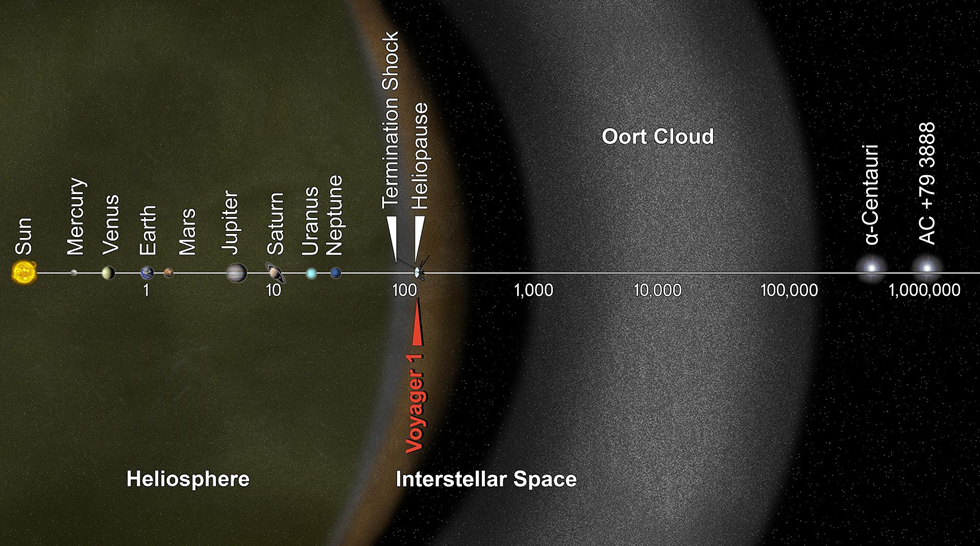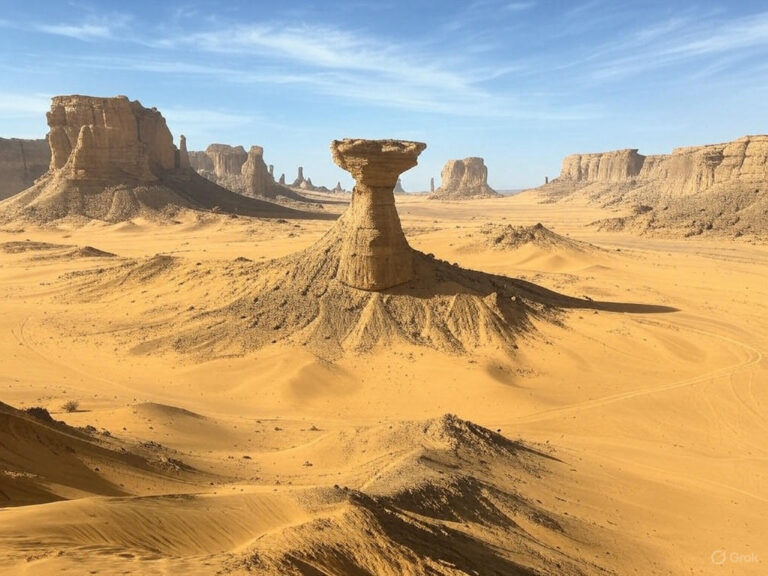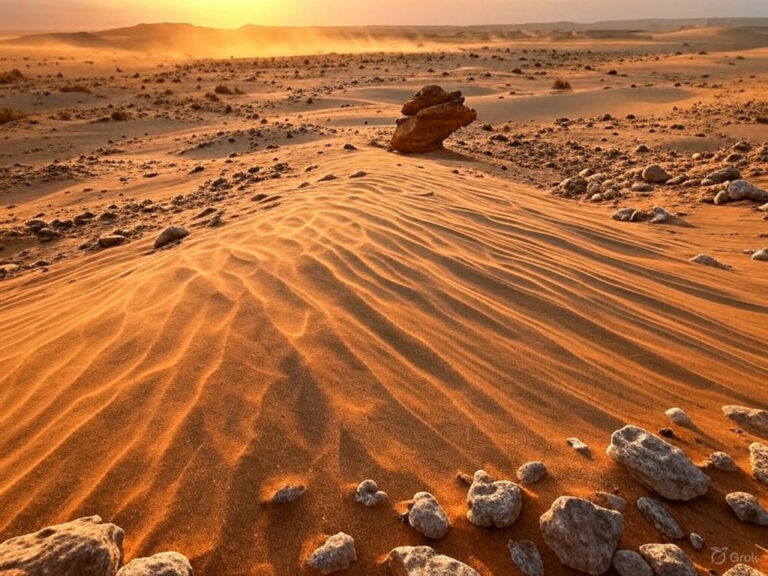Other Solar System Objects: Solar System UPSC
🪨 Asteroids and the Asteroid Belt – The Debris Zone Between Mars and Jupiter
- Imagine a construction site of the solar system where some bricks never formed into a full building. Those are asteroids — leftover rocky and metallic debris.
- They orbit the Sun in a zone called the Asteroid Belt, located between Mars and Jupiter (~2.3 to 3.3 AU).
- Jupiter’s massive gravity disrupted the coalescence of these fragments into a planet.
🔹 Ceres — The Special One:
- At 2.77 AU, Ceres is the largest asteroid, almost 946 km in diameter.
- So massive that it’s pulled into a spherical shape by its own gravity.
- Hence, it is not just an asteroid, but also:
- A Protoplanet
- A Dwarf Planet
- A Small Solar System Body (a class of objects smaller than planets and dwarf planets)
❄️ Kuiper Belt, Pluto & Charon — The Cold Storage Beyond Neptune
- Located beyond Neptune, the Kuiper Belt (30–50 AU) is like the asteroid belt’s icy cousin.
- It contains icy bodies and dwarf planets like Pluto and Eris.
🔹 Pluto:
- Discovered in 1930; was once the ninth planet.
- Demoted in 2006 by the International Astronomical Union (IAU).
🔸 Why Pluto was demoted:
IAU defined a planet as one that:
- Orbits the Sun
- Has enough mass to be nearly round (hydrostatic equilibrium)
- Is not a moon
- Has cleared its orbit of debris
Pluto fails the 4th criterion, as many similar-sized bodies like Eris are found in its orbital zone.
➡️ Hence, Pluto, Eris, and Ceres are now called Dwarf Planets.
🔹 Charon:
- Pluto’s largest moon
- So large relative to Pluto that some consider the Pluto–Charon system a binary dwarf planet system
☄️ Comets — Icy Visitors with Glowing Tails
“Comets are like dirty snowballs with glowing personalities.”
- Made of ice, gas, rock, and dust (water, ammonia, methane, CO₂)
- Highly elliptical orbits → far from the Sun, but occasionally enter inner solar system

🔸 Where they come from:
- Short-period comets: Originate in the Kuiper Belt (orbit: 100s of years)
- Long-period comets: Originate in the Oort Cloud (orbit: 1000s of years)
Oort Cloud: A giant icy shell surrounding the solar system (5,000 to 100,000 AU)
🔸 When near the Sun:
- Solar wind heats the comet
- Ice sublimates (turns to gas) → forms coma (glowing atmosphere) and a tail
- Example: Halley’s Comet → visits Earth every 76 years (last seen: 1986)
🌠 Meteoroids, Meteors & Meteorites — The Shooting Stars
Let’s break down this confusing trio with a simple story:
| Term | What It Means |
| Meteoroid | A space rock floating in space |
| Meteor | The flash of light seen when it enters Earth’s atmosphere (burns due to friction) – also called a shooting star |
| Meteorite | The part of the meteoroid that survives the fall and hits Earth |
🔸 Interesting Facts:
- Meteors generally burn up in the mesosphere (~200 km above Earth)
- If a meteorite hits the ground, it can create a crater
🌋 Famous Meteor Craters:
| Location | Details |
| Arizona, USA | Largest visible meteor crater (~1.3 km wide), formed ~10,000 years ago |
| Chicxulub Crater, Mexico | Caused mass extinction (~65 million years ago), including dinosaurs |
| India | Lonar Lake (Maharashtra) – 1.8 km wide; now a Ramsar Site Dhala Crater (M.P.) – 14 km wide Ramgarh Crater (Rajasthan) – 3.5 km; potential meteorite crater |




